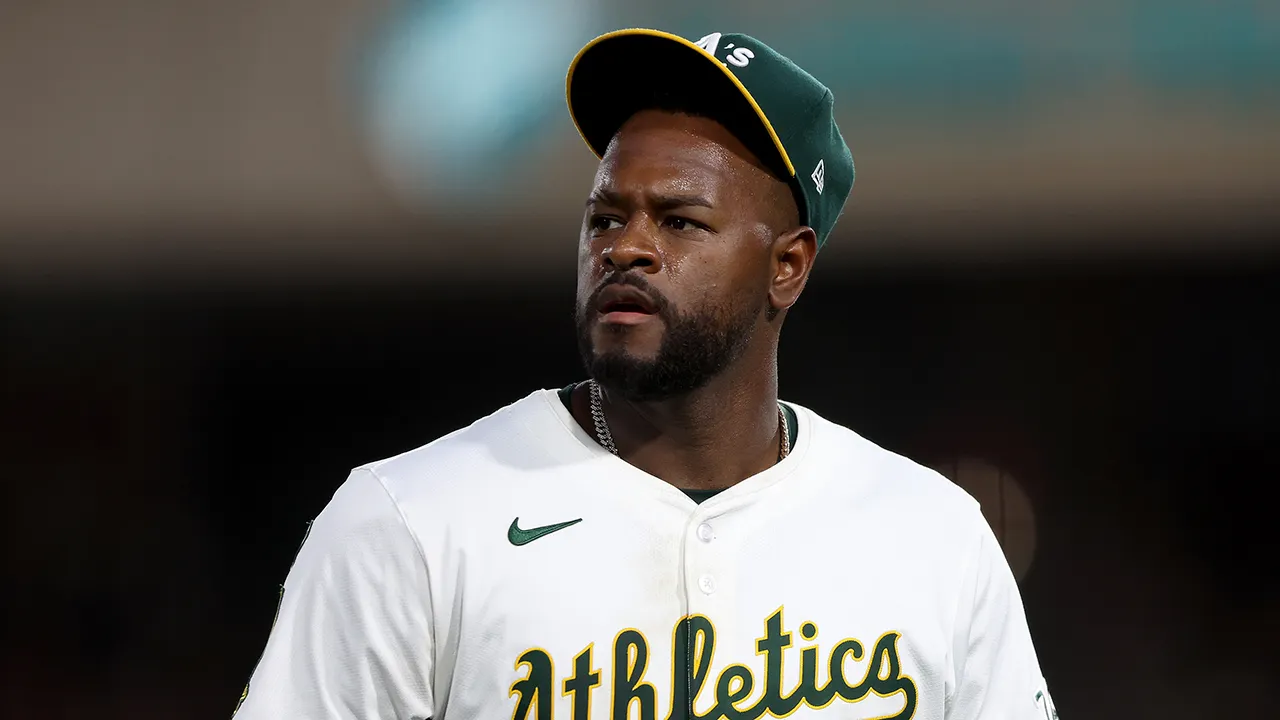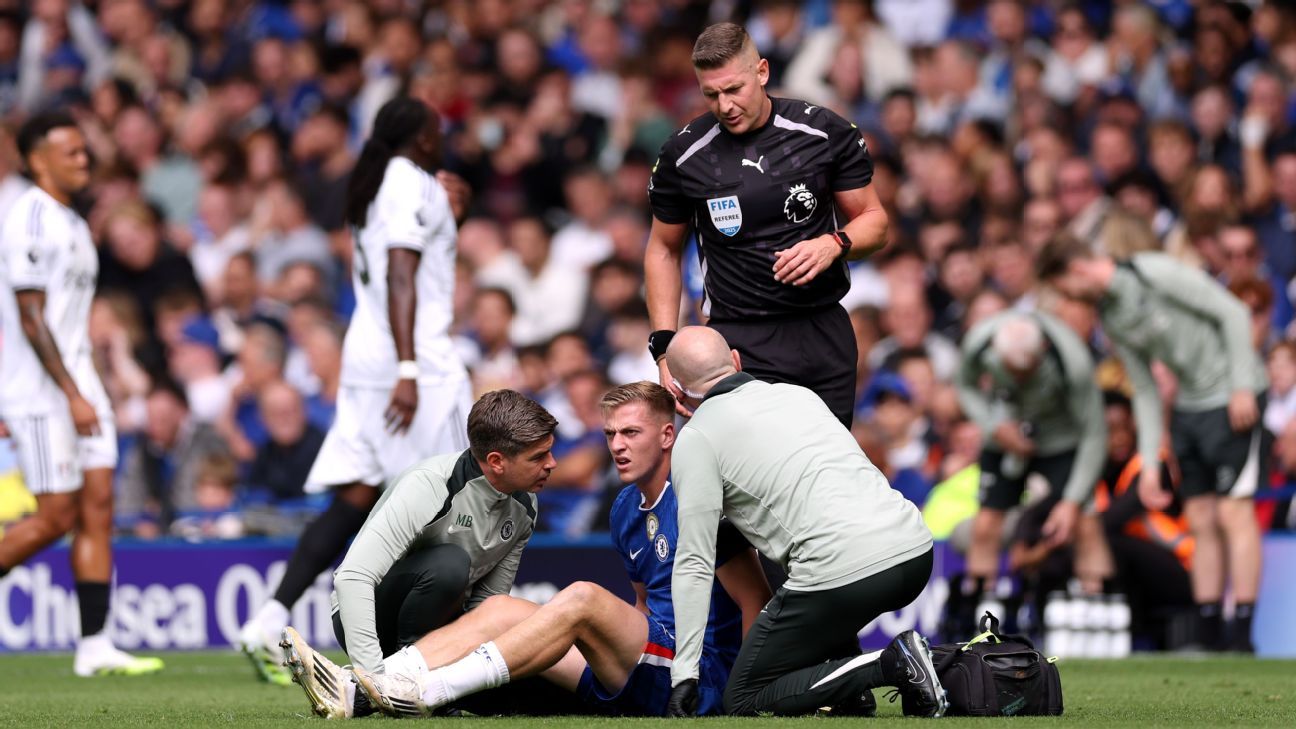One of the greatest players of all time, Frank Robinson, was once asked if Willie Mays was the greatest player he had ever seen. Robinson got that annoyed look on his face and rolled his eyes, insulted that he even asked the question. After a pause, he replied, “Of course it is. It's as good as you want it to be. You can't overstate how great it was.”
Willie Mays is the greatest center fielder of all time, the greatest Giant of all time and remains, 73 years after his debut, the greatest combination of power, speed and defense in baseball history.
“When he came to us in 1951,” said former Giants manager Leo Durocher, “I had never seen anyone like him.”
Major League Baseball had never seen anyone like him, and hasn't since. Mays was Ken Griffey Jr., only better, and he preceded Griffey by 40 years. Mays won the National League Most Valuable Player award in 1954 and 1965 and finished second two other times. He finished in the top six 12 times. He was on the All-Star team 20 years in a row. He is, by most measures, the second-greatest player in history, behind the incomprehensibly great Babe Ruth. To those who separate the game by the breaking of the color barrier in 1947, there has never been a better player than Mays.
“I was in awe of him,” Hall of Fame catcher Johnny Bench said. “The first time I met him [at the 1968 All-Star Game], the day before the game, whispered in my ear: “You should start the All-Star Game.” When he left, I couldn't even speak for a while. It was like, 'Oh my God, Willie Mays just talked to me.' “That’s how cool Willie was.”
“With Willie, it was like if Tiger Woods came to your town, you always expected him to win,” Giants Hall of Fame broadcaster Lon Simmons said in 2008. “The fans expected a miracle from Willie every day. And He simply gave them a miracle every two days.”
“His athleticism set him apart,” Robinson said. “The athleticism of the black player changed the game of baseball after 1947. And there was no better athlete than Willie Mays.”
Mays was born into it. Her mother was a great athlete. Her father was also a great center fielder. His son, Willie Howard Mays Jr., was so advanced growing up in Westfield, Alabama, that he played against 18-year-olds when he was 10. Mays played for the Birmingham Black Barons of the Negro Leagues when he was 15. In 1950, at age 18, he signed with the New York Giants for $15,000 (he bought a car but didn't know how to drive it, so it became a car that his community drove). He spent two years in the minor leagues and then joined the Giants in May 1951, shortly after his 20th birthday. Durocher moved him to third in the order, and after a 25-1 start, he won Rookie of the Year and helped the Giants overcome a 13½-game deficit against the Dodgers to win the pennant. He didn't realize the pressure. He was the most natural talent anyone had ever seen.
“The game always came easy to me,” Mays said.
He showed. Mays was the most graceful player who ever lived, a majestic combination of speed and tremendous strength packed into a 5-foot-11, 185-pound frame. He played with a certain style, pleasing the audience in every way. He was the “Say Hey Kid.” There was no one like him.
Mays hit 660 home runs, fifth most all time; He led the league in home runs four times, had six 40-home run seasons and led the league in slugging five times, all while playing a good portion of his career in a pitcher's park and in a pitcher's era.
“Batting at Candlestick was like batting in a vacuum: You hit the ball and the ball was sucked back in,” Robinson said. “If I had played in a fair hitter's park, I would have hit a lot.” more home runs.”
Mays also could have hit even more home runs if he had played in the current era, with its lower mound, smaller ballparks, smaller strike zone and almost everything designed to help the hitter. In 1968, a National League batter drove in 100 runs. In 2000, 21 National League hitters did so.
“Willie Mays,” Hall of Famer Joe Morgan once said, “could have hit 80 in one season today.”
But what separated Mays was his speed. He stole 338 bases; He led the league in stolen bases four straight seasons and averaged 33 home runs per season. When he stole 40 bases in 1956, it was the most by any National League player since 1929.
“I could have stolen a lot more bases if I wanted to,” Robinson said. “But back then, you only stole one base to help your team win a game. I could have stolen 50 every year if I wanted to.”
“He was the best running back I've ever seen,” Simmons said.
He was also an excellent defender, probably the best defensive center fielder of all time. He won 12 Gold Gloves, the most of any center fielder, and they didn't start awarding Gold Gloves until 1957, his fifth full season. In 1968 he won a Gold Glove at age 37; At the time, he was the oldest to win one as a center fielder. In the 1954 World Series, Mays' catch back to the plate in deep center against Vic Wertz of the Indians is considered the most famous defensive play of all time. Mays could throw as well as any center fielder; He would have had an assist on all four bases in one game, but Giants second baseman Tito Fuentes dropped the ball on a tag play. In 1965, Mays became the first player to win a Gold Glove in a 50-home run season. His signature basket catch was a phenomenon that has never been duplicated. Nobody slid after a fly ball like Willie Mays.
He was the most complete player in baseball history, the first true five-tool player. He didn't just hit for power; He hit .302 in his career, won a batting title and is one of five players with 3,000 hits and 500 home runs. He and his teammate Willie McCovey were a destructive pairing for the Giants during most of the 1960s.
“My last two years with the Giants, I would hit a double, but I would stop early so they would have to pitch to McCovey,” Mays said. “Sometimes the pitchers would throw the ball to the backstop, but I would stay at first base to make sure McCovey had a chance to hit. I had to maneuver some things for our lineup.”
Mays was so good that some moves were made around him, and for him, even in the All-Star Game.
“When I played in the All-Star Game, [Dodgers manager] “Walter Alston was telling me, 'OK, you know all these guys better than me, you know the lineup,'” Mays said. “That's how I did it. I would be the first hitter to make something work. I would put [Roberto] Clemente second because he could hit behind the runner and I would be on third base. He would hit Hank [Aaron] Third, he had hit a fly ball and before you knew it, our team was ahead.”
Mays' Giants were always ahead in 1954, when they won the world championship in his first full season (he missed most of 1952 and all of 1953 due to military service). In 1962, Mays hit 49 home runs, including one in the eighth inning on the final day of the season to beat the Astros 2-1 and lead the Giants to a regular-season tie with the Dodgers. They played a three-game playoff; The Giants beat Sandy Koufax in the first game 8-0 thanks to two home runs from Mays. The Giants won two of three to advance to the first World Series in San Francisco, but lost in seven games to the Yankees. Mays' ninth-inning hit made it two with two outs, but McCovey's line drive to Bobby Richardson ended the series.
Willie Mays in his prime was simply stunning to watch. Unfortunately, some people will remember him for falling at the warning track when he was 42 years old in the 1973 World Series. But replace that image with these images: the game's greatest athlete, sprinting through the outfield, his cap flying as he runs toward a ball between center and right field; that short, strong body that uncurls and hits a ball in places only a few can imagine; those legs flailed in a second steal, ending with a classic hook slide. Remember him as one of the two greatest players of all time, a man who changed the game, a man with talent unmatched in the last 75 years.












